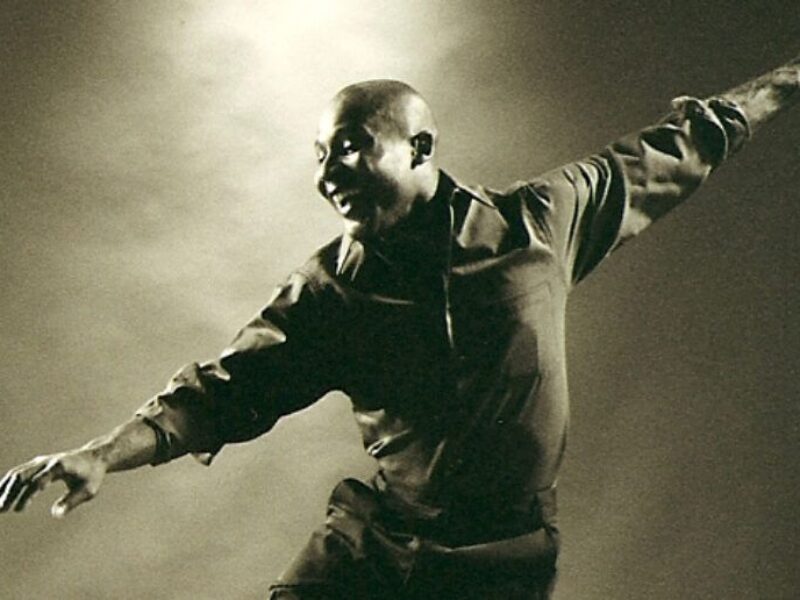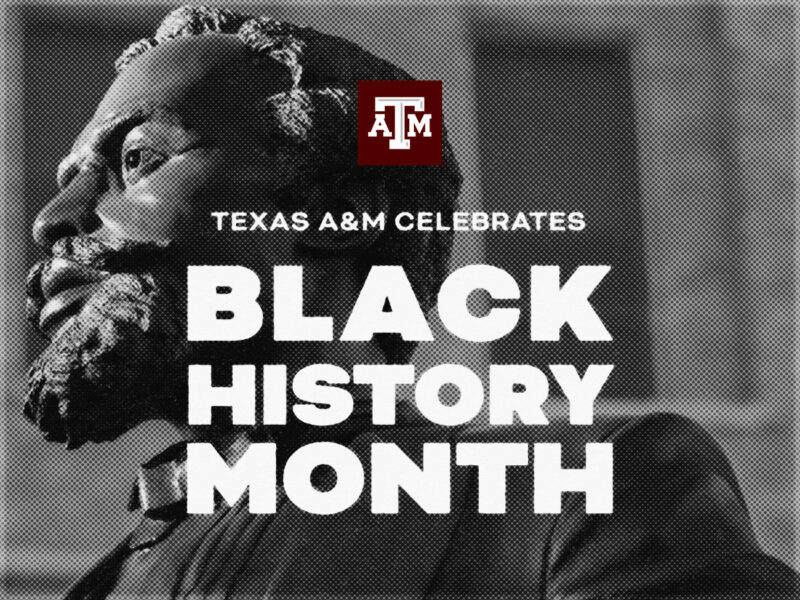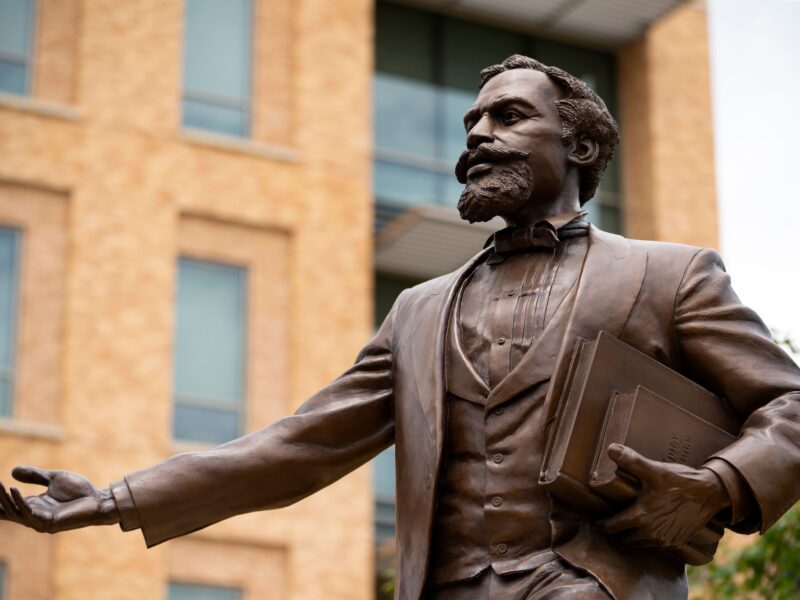Remembering The Millican Massacre
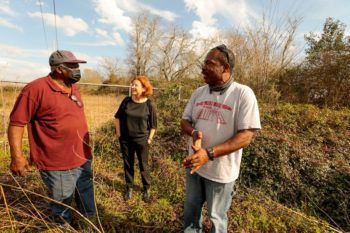
From July 15-17, 1868 in the small town of Millican, up to 300 Black Americans were driven away or killed in what some scholars call “the worst incident of racial violence in Texas during Reconstruction.” More than 150 years later, Amy Earhart, an associate professor in the Department of English, and her undergraduate students are working to create a historical marker with the help of the Texas Historical Commission to honor the victims of the Millican Massacre.
Millican is located just 15 miles from the Texas A&M University campus. While the Millican Massacre is unheard of by many today, at the time of the event, it was a topic of national news. There is not much available information about the events leading up to the victims’ deaths, but research has shown the conflict leading up to the massacre was the result of a miscommunication.
A month prior to the event, the Ku Klux Klan had marched through Millican firing shots at African Americans who, by some accounts, were gathered in a prayer meeting. With racial tensions on the rise, a rumor circulated that a Black man named Miles Brown had been lynched by white sons of a former slave owner. Soon, a rumor that the Black community planned to lynch the man responsible for Brown’s killing also began to spread.
After multiple points of miscommunication, the mayor and deputy sherriff arrived with 30 men to talk to the members of a Black militia. A gun was fired by an unknown source, and the massacre ensued.
“The more I learn about Millican, the more I think you can make the argument that this event was designed to end Black voting rights in this part of Texas,” Earhart said. “It was so fearful and so violent that the white community’s response was able to stop all civil rights, especially voting rights, for African Americans up until the Civil Rights era. I think it was designed to be a moment of great violence to ensure Black disenfranchisement. It was effective because it was very horrific.”
After eight years of research and studies of both recorded and oral histories, the historical marker is expected to be approved soon. Earhart said she hopes it will prompt people to stop and think about how they relate to the past. The next phase of the project will be to record more oral histories from Black descendants of the victims and create a new digital archive.
“Oral histories often tell truer histories than the recorded histories,” Earhart said. “I have taken a long time to find folks connected to the Black community, because this was a traumatizing event for the Black community of Millican. We have a digital archive, but we’re going to launch a new one around the time we place the historical marker. The new digital archive will have an exhibit specifically for George Brooks.”
Pastor George Brooks, a Methodist minister and a former soldier in the United States Colored Troops, was a key figure in both the community and the Millican Massacre. When the Black Millican community was met with white mob violence, Brooks helped increase Black voter registration and organized community defense groups. He also led the Black resistance during the massacre.
“I want people to know about Pastor Brooks,” Earhart said. “He is a Texas hero. George Brooks, in response to the Ku Klux Klan attack, decided to protect his community. He was a former soldier, after all. He started to drill men on the public square with military precision. Brooks set up perimeters to protect women and children and even had scouts.”
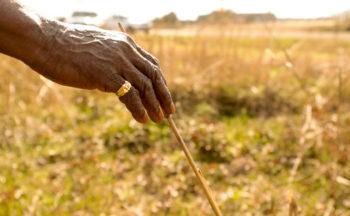
At the onset of the incident, Brooks left for Austin to contact the commander of the U.S. military presence in the area. There is a possibility that things would have turned out differently if Brooks made it to Austin, but it is believed he was taken by a white mob and killed before he reached his destination. His story is a reminder that the Black community of Millican resisted and fought back, Earhart said.
“I want people to also understand the Black community’s agency, that this was not just helpless people being mowed down,” she said. “They tried to fight back, protect their own, and preserve their rights. I think we should of course be aware of the atrocities that the white community committed, but we should also focus on Pastor Brooks and what the Black community did to defend themselves.”
A historical marker would be an important step toward preserving the history of the events, Earhart said, adding that “all around us are places and spaces where violence occurred. The marker forces us to think about this, and you get a broader perspective of history.”
The historical marker’s wording is expected to be approved in February, and then the creation of the marker will begin.
“I am hoping that people ask questions, learn and start to think more broadly about Texas as a place and space,” Earhart said. “I think this is really important as Texas becomes more and more diverse. We need to recognize all of our different stories and narratives that are about how Texas is created rather than just one.”
This article by Tiarra Drisker originally appeared on the College of Arts and Sciences website.
